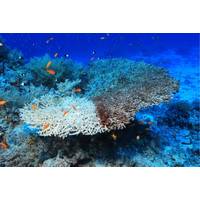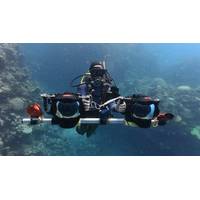
The Future of Coral Reef Protection
reefs from further decline, primarily caused by bleaching as a result of global warming. In the past two years, 75% of coral reefs worldwide have experienced bleaching-level heat stress.A collaborative project led by the University of South Australia is integrating remote sensing technologies with machine learning, AI and Geographic Information Systems (GIS) to monitor the damage.A multimodal platform will distil all research data relating to coral reefs, including underwater videos and photographs, satellite images, text files and time-sensor readings, onto a central dashboard for real-time global monitoring

Machine Learning Aids Sea Floor Classification
analysis of mosaics stitched together from thousands of seafloor images, saving scientists about 60 hours of manual analysis per mosaic.It can be used for monitoring coral reefs, coral bleaching and seagrass meadows, providing timely information to inform management decisions.Lead author, AIMS machine learning/AI engineer Tiny Remmers, said RapidBenthos allowed AIMS to more sustainably scale up and process more seafloor imagery with much less work and cost.AIMS ecosystem modeller Dr Renata Ferrari, said RapidBenthos was possible thanks to years of work from a multidisciplinary team of researchers

Greensea, SeeByte Collaboration Fosters Ocean Robotics Innovation
Greensea Systems, creator of the open architecture platform OPENSEA, and SeeByte, with their mission-level autonomy system Neptune and embedded Automatic Target Recognition (ATR), have continued their collaboration to provide a comprehensive solution for ocean robotics operators, from vehicle platform to operation center.The two companies are working together to provide advanced autonomy and sensor processing solutions that complement each other and push the cutting-edge of underwater robotics.“I have had a long history with Greensea Systems. First, I was a customer of theirs at SeaBotix. Then I


 February 2025
February 2025





